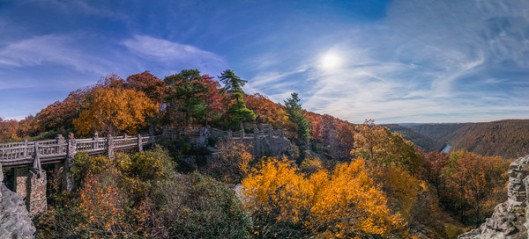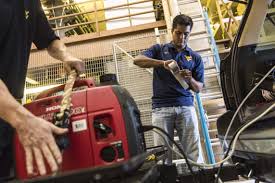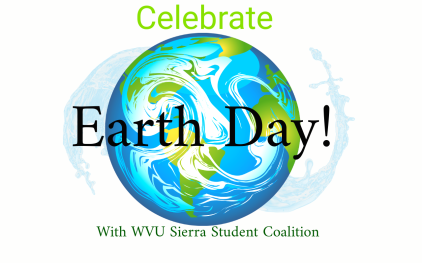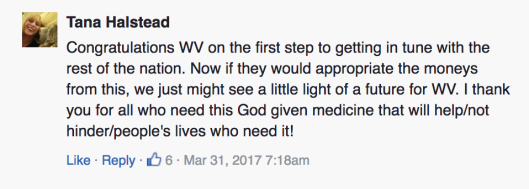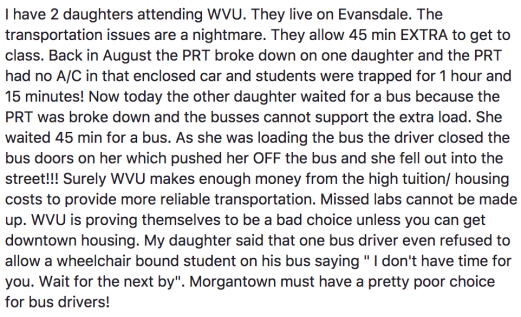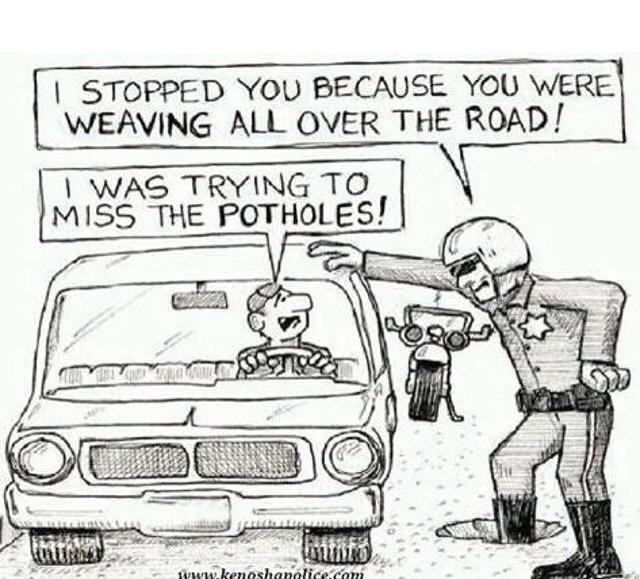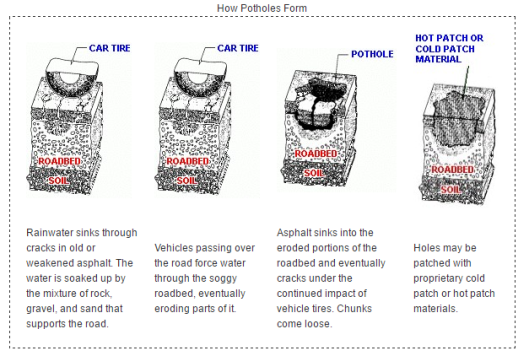The State of West Virginia has over 15,000 illegal dump sites and spends more than $1 million every year to remove litter from state highways. According to the EPA, nationwide the cost of clean up is $115 million, but those are all dry ground sites. Perhaps tougher to clean up, are sites where people dump their trash into streams and rivers. The New River Gorge is one state water site that is combating hundreds of illegal dumps and roadside trash sites that create both aesthetic and health and safety problems.
In 2009 The Monongalia County Litter Control collected close to 10,000 pounds of trash from illegal dumping sites like one on Martin Hollow Road in Morgantown. Couches, chairs, mattresses, box springs, commodes and televisions were cleaned up from the site. (GreenEcoServices)
What Is Illegal Dumping? In West Virginia illegal dumping is defined as:
- Dumping waste on public or private property that is not licensed or permitted to receive waste
- Dumping waste, without a license or permit, into sewers or waterways, or
- Allowing another to dump waste on one’s land, without being licensed to receive such waste.
Penalties for Littering and Illegal Dumping in West Virginia:
- Charged with Misdemeanor:
- Any person who disposes of items weighing, but not exceeding, more than 100 lbs or 27 cubic feet in size is guilty of a misdemeanor. Upon conviction, he or she is subject to a fine of not less than $100 nor more than $1,000, or in the discretion of the court, sentenced to perform community service by cleaning up litter from any public highway, road, street, alley or any other public park or public property, or waters of the state, as designated by the court, for not less than eight nor more than sixteen hours, or both.
- Any person who disposes of items weighing more than 100 lbs or 27 cubic feet in size, but less than five hundred pounds is guilty of a misdemeanor. Upon conviction he or she is subject to a fine of not less than $1,000 nor more than $2,000, or in the discretion of the court, may be sentenced to perform community service by cleaning up litter from any public highway, road, street, alley or any other public park or public property, or waters of the state, as designated by the court, for not less than sixteen nor more than thirty-two hours, or both.
- Any person who disposes of items weighing more than 500 lbs or 216 cubic feet in size is guilty of a misdemeanor. Upon conviction, the person is subject to a fine not less than $2,500 or not more than $25,000 or confinement in jail for not more than one year or both.
- Fines. Courts impose fines to penalize defendants. These fines vary greatly, depending on the circumstances. For misdemeanors, the fine may be as little as for a traffic ticket, but for felonies, fines can be thousands of dollars. Some fines can accrue daily until the illegally dumped waste is cleaned up.
- Probation. A person on probation regularly meets with a probation officer and fulfills other terms and conditions, such as maintaining employment and attending counseling.
- Community service. Courts often include as a part of probation the requirement that the defendant work for a specified number of hours with court-approved organizations, such as charities.
- Restitution. Courts often require defendants to pay for any damage they caused to someone’s property by their illegal dumping.
- Remediation. Courts may require defendants to clean up and repair property damaged by their illegal dumping.
The Difference Between Littering and Illegal Dumping:
- The difference is determined by type and volume of waste. Disposing of typical waste and garbage, such as empty beverage bottles is littering.
- Dumping a large amount of waste, such as bags full of garbage or an appliance, would be illegal dumping.
- The type of waste is also important. Disposing of a toxic chemical or hazardous items such as a car battery may count as dumping. The size of these hazardous materials may be relatively small, but since they pose an immediate threat to the environment, size is not as relevant.
Land Dump Site In the Morgantown Area:
Illegal dump sites are often remote areas found at the most outer parts of residential areas. The sites are where people dump their garbage without paying someone else to take care of it.
Cathy Kinsly, a local Kindwood resident, lives near an illegal dump site on Mayfield Road. She says that the site has been there for over 50 years, but people continue to drop off their trash. “I think a lot of the same people return, yet there is always different cars going up the hill,” kinsly says, “…A lot of it is done at night. You don’t even see who does it. I believe a lot of it is out from other communities.”
This site, when I visited, primarily consisted of tires, mattresses and bags of trash, but Kinsly says that in the past it was mostly larger materials such as refrigerators and appliances. “They probably can get money now for the cars and appliances and they know it, so they take those to the recycling shop and the household garbage is still tossed,” Kinsly says, “It angers us because there are signs up. It just makes our properties look bad, but so far there is not much we can do about it, but try to clean it up.”
Reasons For Illegal Dumping:
In every city there are municipalities set up to take in the communities garbage. Monongalia County Solid Waste Authority is responsible for retrieving and transferring waste. The Solid Waste Authority is owned by Republic Services. Signing up for services can be done on their website. However, you must sign up before receiving a quota for your trash pickup costs. This can turn a lot of potential customers away. The price is not plainly stated. Most people don’t want to deal with the hassle of taking their trash to a dump or transfer station and companies like Republic Services don’t provide the cost up front. Therefore, due to the reasons below, people decide to illegally dump.
- Lack of convenient legal alternatives and presence of convenient illegal disposal sites
- Increasing disposal costs
- Lack of public awareness about the issue
- Lack of judicial understanding of environmental laws, and therefore, low fines.
Morgantown’s Trash Facility:
Trash near and around the city of Morgantown is disposed of at a transfer station. Monongalia County does not have a landfill. The transfer station is located in Morgantown Industrial Park (3788 Morgantown Industrial Park, Morgantown, WV 26501)
People can also rent a dumpster from Republic Services to help with discarding larger garbage that they cannot take themselves.
Transfer Station Hours:

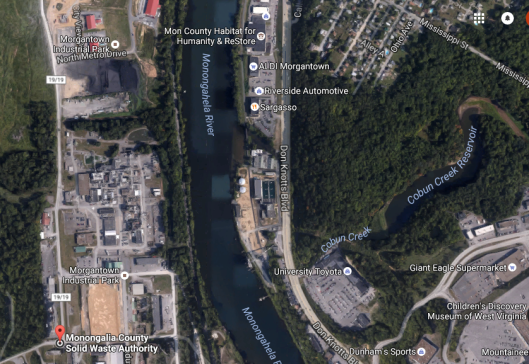
Often people have materials in their homes that they don’t know how to properly dispose of. These common household items end up sitting in our garages or basements where they can be out of sight and out of mind, but below are proper ways to dispose of 5 common household items.
5 Household items you may not know how to dispose of:
There are many items that people possess, but sometimes they aren’t familiar with how to properly dispose of them. Live Science gives some suggestions on how to recycle hazardous materials.
- Motor Oil- To dispose of motor oil, place in a clear, sealed container and take it to a car service station or automotive store.
- Electronics- The EPA offers help with disposing of electronics. Many places, such as Best Buy, will take old electronics and recycle them for you.
- Paint- 1-800-cleanup can be contacted for oil based paints. If paint is latex based then it must be dried out. For less than one inch of remaining paint it can be air dried. For larger amounts you can use cat litter by mixing it into the paint. Once the paint is dry it can be disposed of in the regular trash.
- Batteries- Call 1-800-batteries for information on disposal. Sometimes stores, like Walmart, take old car batteries and recycle them for you.
- Light-bulbs-Websites such as Earth911 can help find recycling locations near you. Stores such as Home Depot will also take fluorescent light bulbs and recycle them.

The Life Span of Commonly Thrown Away Items:
Cigarette Butt: 1-5 years
Plastic Bag: 10-20 years
Aluminum Can: 200-500 years
Glass Bottle: 1 million years
Residents of the state of West Virginia can help to alleviate the problem of illegal dumping in the state by practicing prevention and helping to clean up already existing sites. Apart from residential help, the state increased fines for illegal dumping in 2010. According to the Charleston Gazette, cities and counties work with the DEP to step up enforcement in problem areas. Motion cameras are installed to catch violators in the act, but more can be done if West Virginians become more aware of the issue.

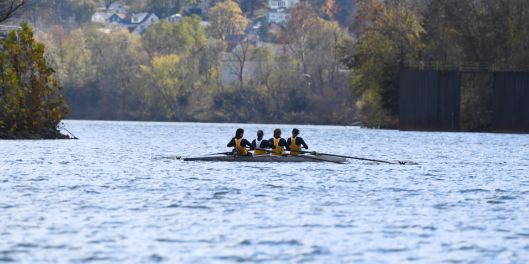



 spoke during the event about water quality and keeping it safe for the community.
spoke during the event about water quality and keeping it safe for the community.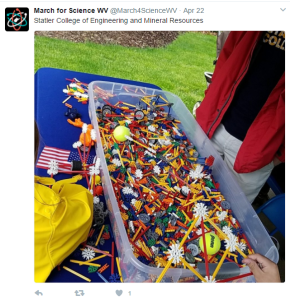 fields of study that many forget to include when thinking of science, but engineering at WVU is one of the largest departments, if not the largest, and many students studying engineering are going to be entering the work field, this goes for many majors at the university (medical comes to mind), with budget cuts hindering their scientific advancements.
fields of study that many forget to include when thinking of science, but engineering at WVU is one of the largest departments, if not the largest, and many students studying engineering are going to be entering the work field, this goes for many majors at the university (medical comes to mind), with budget cuts hindering their scientific advancements.